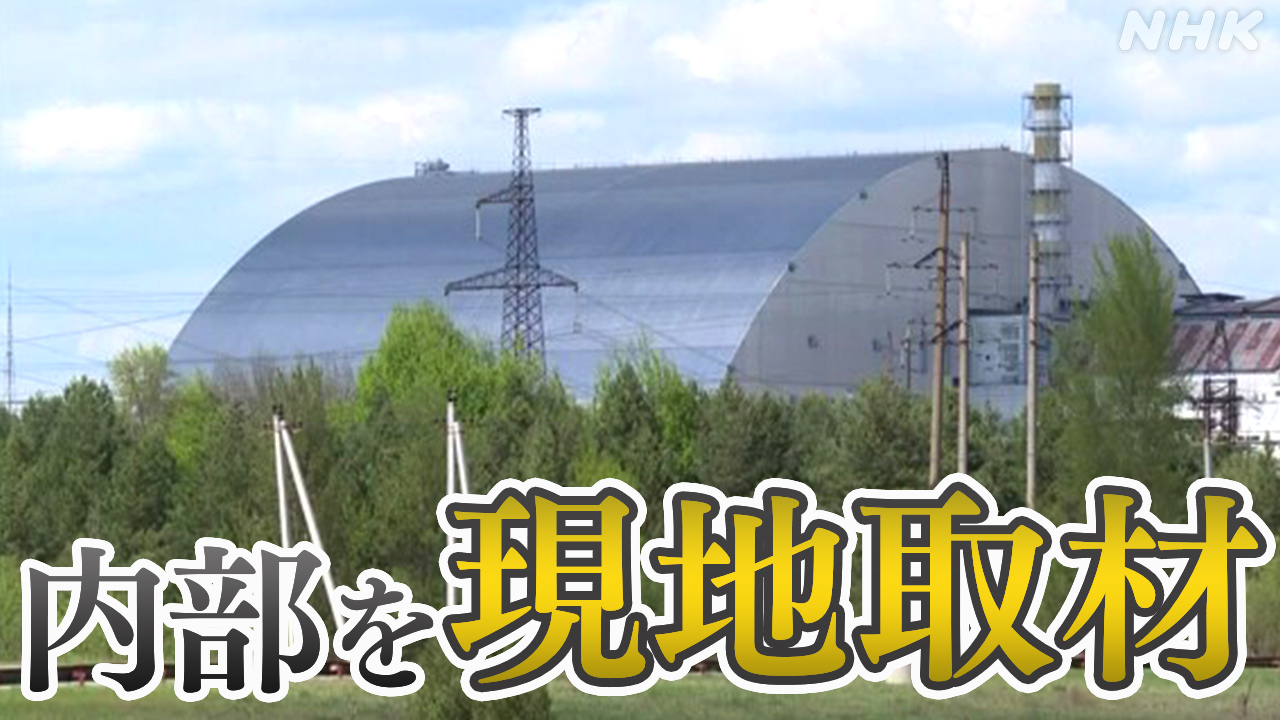Chernobyl Shelter: The Devastating Impact of Russian Aggression
The ongoing war in Ukraine has cast a long shadow over the world, and nowhere is this more tragically evident than at the Chernobyl Exclusion Zone. The site of the 1986 nuclear disaster, already a monument to human error and environmental catastrophe, now faces a new, devastating threat: the direct impact of Russian aggression. This article explores the profound consequences of the conflict on the Chernobyl Nuclear Power Plant and its surrounding area, highlighting the risks to both the environment and human safety.
The Occupation and its Immediate Consequences
Following the initial Russian invasion in February 2022, the Chernobyl Nuclear Power Plant (ChNPP) was swiftly seized by Russian forces. This occupation, lasting several weeks, created immediate and alarming concerns.
- Disruption of Safety Protocols: Reports emerged of radiation monitoring being disrupted, staff being held against their will, and essential maintenance being neglected. This raised fears of a potential release of radioactive materials, potentially far exceeding the initial disaster.
- Compromised Security: The plant's security infrastructure, already fragile after decades of decay and underfunding, was further weakened. The risk of theft of nuclear materials or sabotage increased significantly during this period.
- Exposure for Troops: Russian soldiers were exposed to elevated radiation levels, potentially leading to long-term health consequences. Reports of illnesses and casualties emerged, although the exact extent remains unclear due to the secrecy surrounding the occupation.
Long-Term Environmental Concerns
Even after the withdrawal of Russian forces, the long-term consequences for the Chernobyl Exclusion Zone remain deeply worrying.
- Damage to Infrastructure: The occupation resulted in significant damage to critical infrastructure, including power lines and monitoring equipment. Restoring these systems and ensuring continued monitoring requires substantial investment and international cooperation.
- Disrupted Ecosystem: The conflict likely disrupted the delicate ecosystem that has been slowly recovering since the 1986 disaster. The impact on wildlife, plant life, and the overall biodiversity of the region needs further investigation.
- Increased Risk of Wildfires: The fighting and destruction of infrastructure increased the risk of wildfires, which could potentially spread radioactive dust over a wider area.
The International Response and Ongoing Challenges
The international community responded to the situation with alarm, expressing deep concern over the potential for a catastrophic radiological incident. The International Atomic Energy Agency (IAEA) played a crucial role in monitoring the situation and providing technical assistance. However, access to the site remained limited, hindering a full assessment of the damage.
The Path Forward: Challenges and Opportunities
The challenges facing Chernobyl in the aftermath of the Russian invasion are immense:
- Securing the Site: Ensuring the long-term security of the ChNPP and preventing further incidents requires a robust, international effort. This includes protecting the site from potential future attacks and bolstering its security infrastructure.
- Environmental Remediation: Assessing and mitigating the long-term environmental damage will require significant resources and expertise. International collaboration is crucial for implementing effective remediation strategies.
- Humanitarian Assistance: Providing support for those affected by the conflict, both inside and outside the Exclusion Zone, remains a critical priority.
The situation at Chernobyl highlights the devastating consequences of war, even in areas already burdened by environmental disasters. The world needs to remain vigilant, ensuring continued international support for the safe management of the ChNPP and addressing the profound long-term impacts of the Russian aggression. This includes ongoing monitoring, investment in safety measures, and international cooperation in environmental remediation efforts. The legacy of Chernobyl, already a stark warning, has been further compounded by the tragedy of war.
Keywords: Chernobyl, Chernobyl Exclusion Zone, Chernobyl Nuclear Power Plant, Russian invasion, Ukraine, radiation, nuclear disaster, environmental disaster, international response, IAEA, environmental remediation, security, safety.
